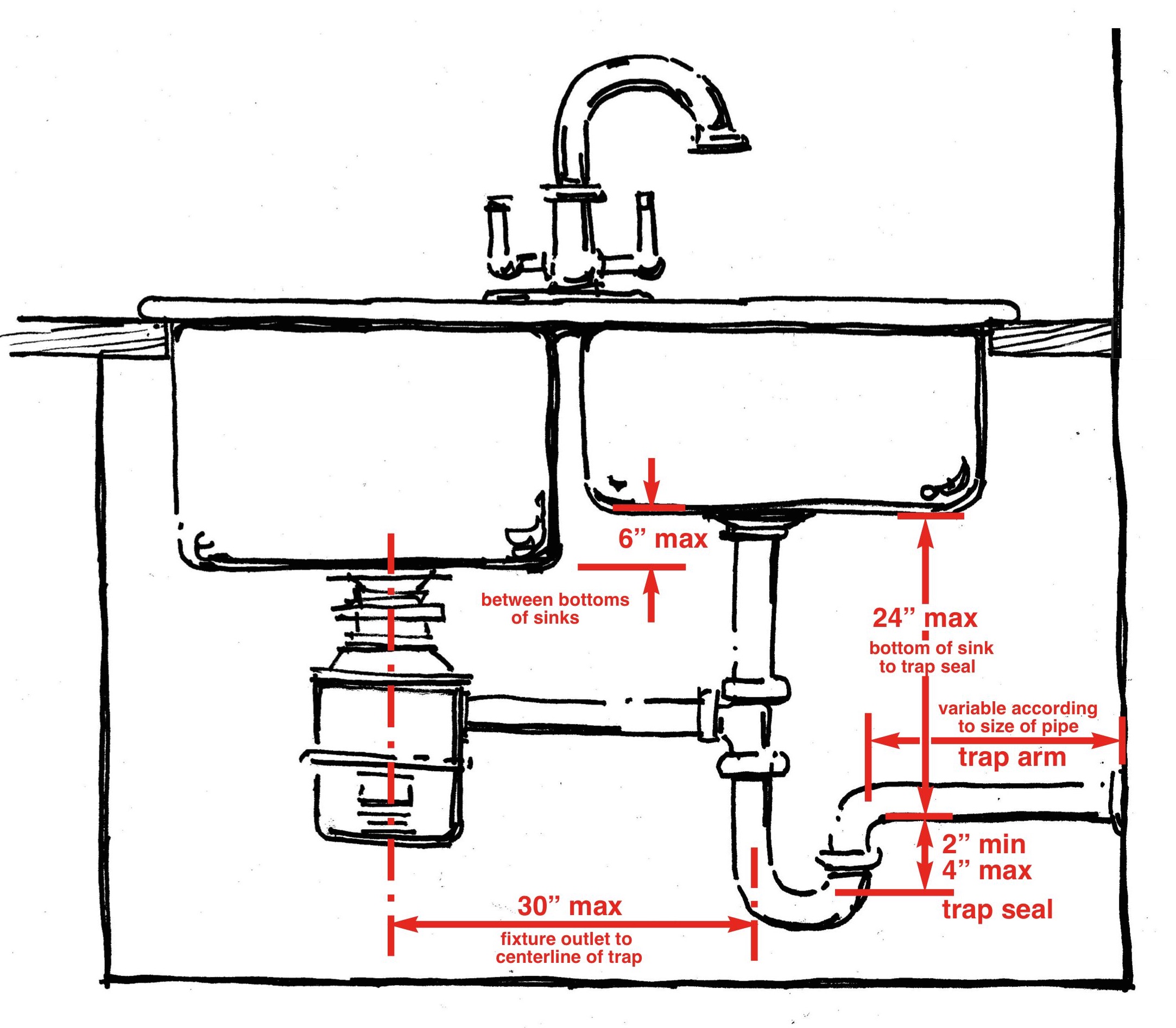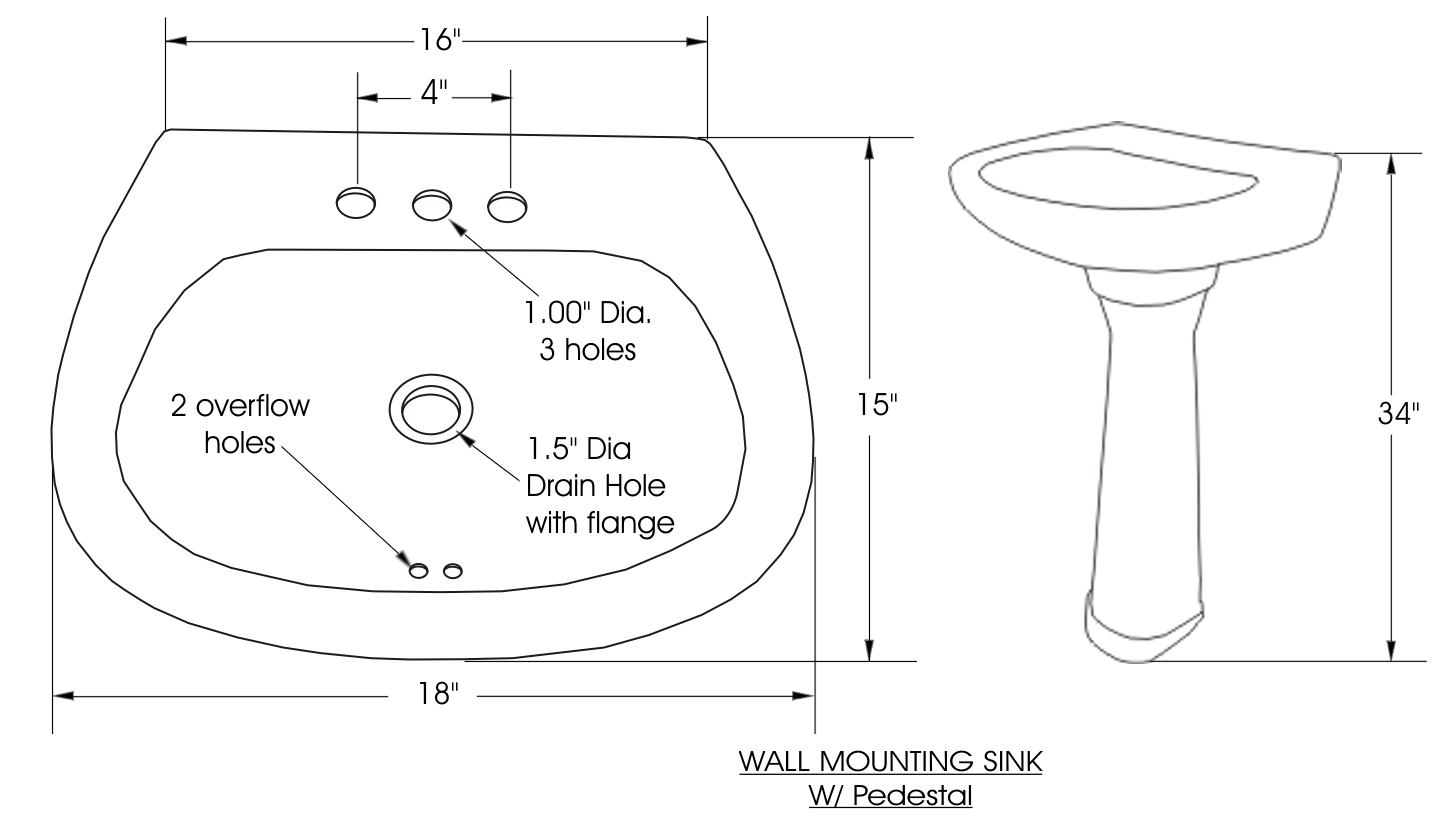Common Bathroom Sink Drain Sizes

Bathroom sink drain size – The size of a bathroom sink drain is an important consideration when choosing a new sink or replacing an old one. The wrong size drain can lead to leaks, clogs, and other problems.
The bathroom sink drain size is a crucial factor that can impact the functionality of your sink. A properly sized drain allows water to flow smoothly, preventing clogs and slow draining. If you’re experiencing a slow draining bathroom sink , it could be due to a drain that is too small or clogged.
By ensuring the right drain size and keeping it clean, you can maintain optimal water flow and prevent future drainage issues.
The most common bathroom sink drain sizes are 1-1/4 inches, 1-1/2 inches, and 2 inches. The size of the drain is determined by the size of the sink and the water flow rate.
The bathroom sink drain size is a crucial consideration when choosing a vanity. For instance, a 30-inch bathroom vanity with a vessel sink typically requires a drain size of 1 1/4 inches. 30 inch bathroom vanities with vessel sinks are a popular choice for modern bathrooms, offering a stylish and functional upgrade.
Regardless of the vanity style, ensuring the correct drain size is essential for proper water drainage and to prevent clogs.
Standard Drain Sizes
Standard bathroom sink drains are 1-1/2 inches in diameter. This size is suitable for most sinks, including single-basin and double-basin sinks. Standard drains are also available in different finishes, such as chrome, brushed nickel, and oil-rubbed bronze.
Oversized Drain Sizes
Oversized bathroom sink drains are 2 inches in diameter. This size is suitable for large sinks, such as those found in master bathrooms. Oversized drains can handle a higher volume of water, which can help to prevent clogs.
Small Drain Sizes
Small bathroom sink drains are 1-1/4 inches in diameter. This size is suitable for small sinks, such as those found in powder rooms. Small drains can handle a lower volume of water, but they are less likely to clog.
Choosing the Right Drain Size: Bathroom Sink Drain Size

Choosing the correct drain size for a bathroom sink is crucial to ensure proper drainage and prevent leaks. The drain opening size varies depending on the sink model and type. To determine the correct size, measure the diameter of the sink drain opening using a measuring tape or caliper.
Measuring the Sink Drain Opening
Before selecting a drain, accurately measure the diameter of the sink drain opening. Place the measuring tape or caliper across the widest part of the opening and record the measurement in inches or millimeters. Ensure the measurement is precise to avoid any discrepancies when choosing the drain.
Selecting the Correct Drain Size
Once the drain opening is measured, select a drain that matches the size. Drains are typically available in standard sizes ranging from 1-1/4 inches to 2 inches. Choose a drain that fits snugly into the opening to prevent leaks or poor drainage.
Consequences of Incorrect Drain Size, Bathroom sink drain size
Using an incorrect drain size can lead to several problems. A drain that is too small will restrict water flow, causing slow drainage or even backups. Conversely, a drain that is too large will not fit properly and may leak water around the edges.
Installing a Bathroom Sink Drain

Installing a bathroom sink drain is a relatively simple task that can be completed in a few steps. The first step is to gather the necessary tools and materials. These include:
– A wrench
– Plumber’s putty
– A drain strainer
– A new drain assembly
Once you have gathered your tools and materials, you can begin the installation process. The first step is to remove the old drain assembly. To do this, simply unscrew the drain stopper and then remove the drain strainer. Once the drain strainer is removed, you will be able to see the drain assembly. Unscrew the drain assembly and remove it from the sink.
The next step is to apply plumber’s putty to the new drain assembly. Plumber’s putty is a type of sealant that will help to create a watertight seal between the drain assembly and the sink. To apply plumber’s putty, simply roll it into a rope and then press it around the base of the drain assembly.
Once you have applied plumber’s putty to the drain assembly, you can insert it into the sink. Be sure to align the drain assembly with the drain hole in the sink. Once the drain assembly is in place, tighten it down with a wrench.
The final step is to install the drain strainer. To do this, simply insert the drain strainer into the drain assembly and then tighten it down with a wrench.
Once you have installed the drain strainer, your new bathroom sink drain will be complete.